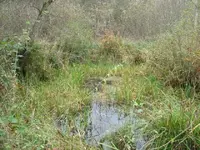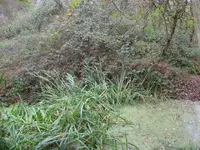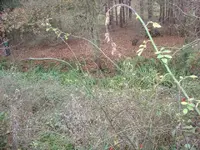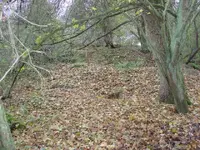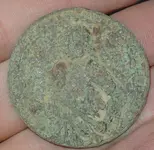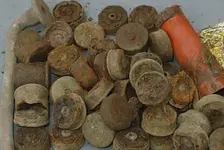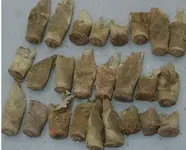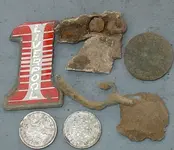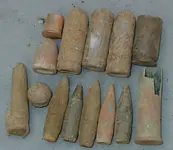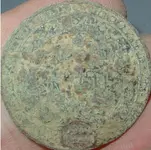CRUSADER
Emerald Member
Some of you may remember when I discovered the earliest firing range in the area. 800 yards. When researching this I found a local researcher/historian who did talks about local ranges. He had an £8000 grant to do this study & had not discovered the earliest range until I rang him up. He was mainly focused on the middle period & latest range. A 500 yard range in the woods dating from 1885 - 1905 & the lastest range of 1905-1970s. The range I discovered has no supporting documents for when it started but it was roughly 1860-1890s.
I had promised to help find the firing points in a very overgrown wood. We discovered using GPS/Old Maps with modern where the 500 yards, 400 yards, 300 yards, & 200 yards lay on the ground but was unable to find any evidence that they shot from the 100 yards.
We found the Martini-henry cartridges at 500,400,300,200.
Lee metford 3o3 cartridges at the 200
This was the first time anyone had found these firing points & plotted the direction of the firing line. Most local dog walkers don't even know there is a range in the woods. So our efforts will help to inform everyone that this guy speaks to when doing tours & displays. Kept nothing but the memories. 8)
The engineers cleared a funnel of trees in the firing line. They left the rest to slow stray bullets. They dug a huge ditch & used the soil to make the butts (back stop), also a small square pond to draw water in case of fires & to water the horses.
Below are pictures of:
Square Pond
Front right of the Butts
View at the top of the butt looking back at the ditch.
View of the ditch & back of the butts.
I had promised to help find the firing points in a very overgrown wood. We discovered using GPS/Old Maps with modern where the 500 yards, 400 yards, 300 yards, & 200 yards lay on the ground but was unable to find any evidence that they shot from the 100 yards.
We found the Martini-henry cartridges at 500,400,300,200.
Lee metford 3o3 cartridges at the 200
This was the first time anyone had found these firing points & plotted the direction of the firing line. Most local dog walkers don't even know there is a range in the woods. So our efforts will help to inform everyone that this guy speaks to when doing tours & displays. Kept nothing but the memories. 8)
The engineers cleared a funnel of trees in the firing line. They left the rest to slow stray bullets. They dug a huge ditch & used the soil to make the butts (back stop), also a small square pond to draw water in case of fires & to water the horses.
Below are pictures of:
Square Pond
Front right of the Butts
View at the top of the butt looking back at the ditch.
View of the ditch & back of the butts.
Attachments
Upvote
0

